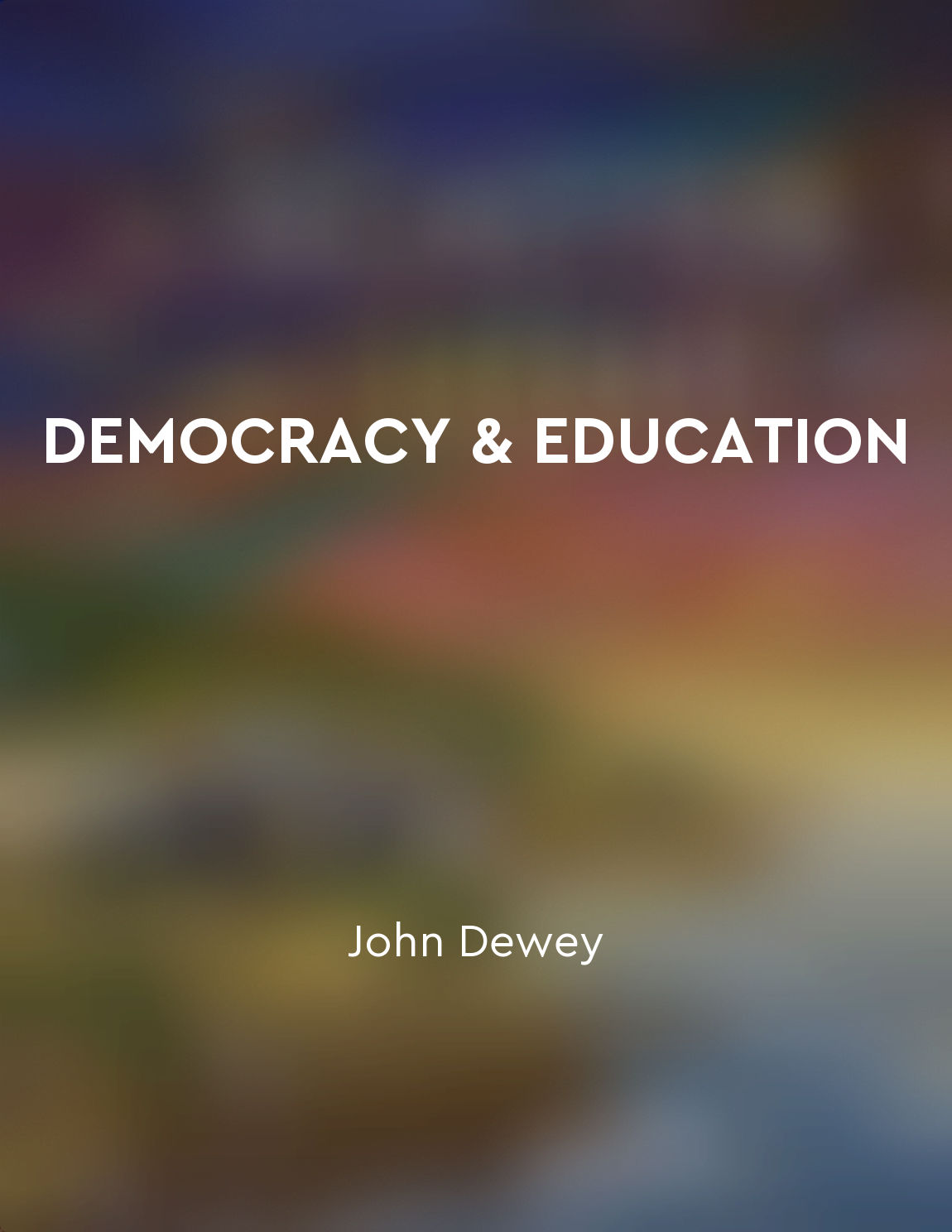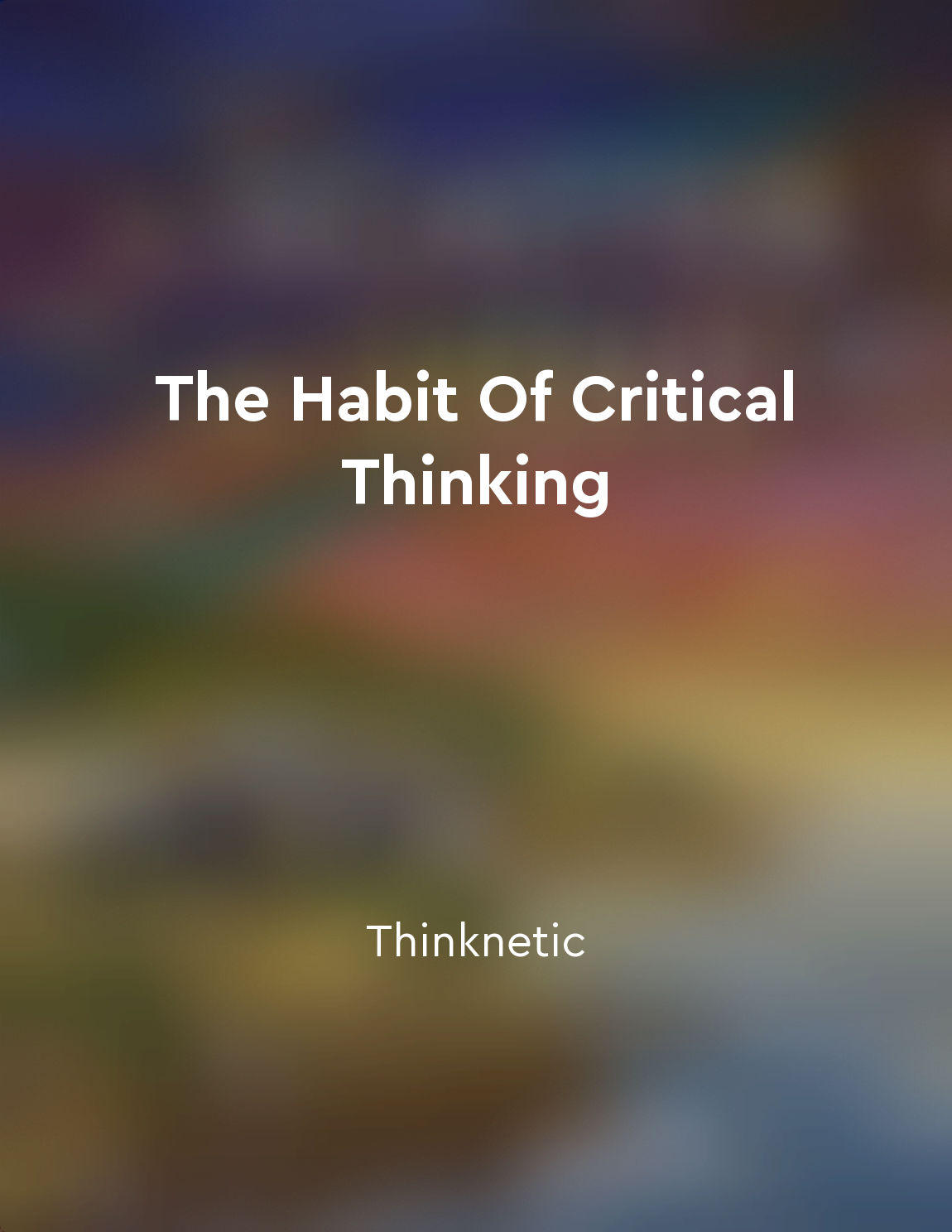Audio available in app
Cultivating curiosity and creativity stimulates learning from "summary" of Parenting from the Inside Out by Daniel J. Siegel MD,Mary Hartzell
Cultivating curiosity and creativity in children can have a profound impact on their learning and development. When children are encouraged to explore, ask questions, and think outside the box, they are more likely to retain information and make meaningful connections. By fostering a sense of wonder and imagination, parents can create an environment that is conducive to learning. When children are curious, they are more motivated to seek out new information and experiences. This natural drive to learn can lead to a deeper understanding of the world around them. By encouraging children to ask questions and explore their interests, parents can help them develop critical thinking skills and a thirst for knowledge. Creativity is another important aspect of learning that can be nurtured through curiosity. When children are given the space to express themselves creatively, they are able to engage with material in a more meaningful way. Whether it's through art, music, or imaginative play, creativity allows children to explore different perspectives and solutions. By combining curiosity and creativity, parents can help their children develop a love of learning that will serve them well throughout their lives. When children are encouraged to approach challenges with an open mind and a sense of wonder, they are more likely to persevere and overcome obstacles. This resilience and adaptability are essential skills that will benefit children in school and beyond.- Cultivating curiosity and creativity in children is an important way to stimulate their learning and development. By creating a supportive and stimulating environment, parents can help their children become lifelong learners who are eager to explore the world around them.
Similar Posts
Leveraging technology for learning
The remarkable advances in technology have provided unprecedented opportunities for learning. The ability to leverage technolog...

Education should promote ethical behavior
In a democratic society, the role of education extends far beyond the mere transmission of knowledge and skills. Education serv...
The brain is divided into two hemispheres
The brain is an incredibly complex organ, responsible for everything we think, feel, and do. It's divided into two hemispheres,...

Time bends and twists
Time, that ever-elusive force that governs our existence, is not as straightforward as we may believe. It is not a linear progr...
Use consequences that teach rather than punish
When your child misbehaves, it's natural to want to punish them. After all, punishment seems like the most straightforward way ...

Evaluate arguments
To think critically means to evaluate arguments with a discerning eye. It involves carefully examining the reasoning and eviden...
Find joy in the creative process
The act of creating can sometimes feel like a daunting task. We may be filled with self-doubt or fear of failure, causing us to...
Effective communication skills are vital in the modern world
In today's fast-paced and interconnected world, the ability to communicate effectively is more important than ever. Whether it'...
Use thinking routines to guide and scaffold students' thinking
Thinking routines are powerful tools that educators can use to support and enhance students' thinking. By providing a structure...
Find joy in simple pleasures
In the midst of our busy lives, we often overlook the simple pleasures that surround us. These fleeting moments of joy may seem...

